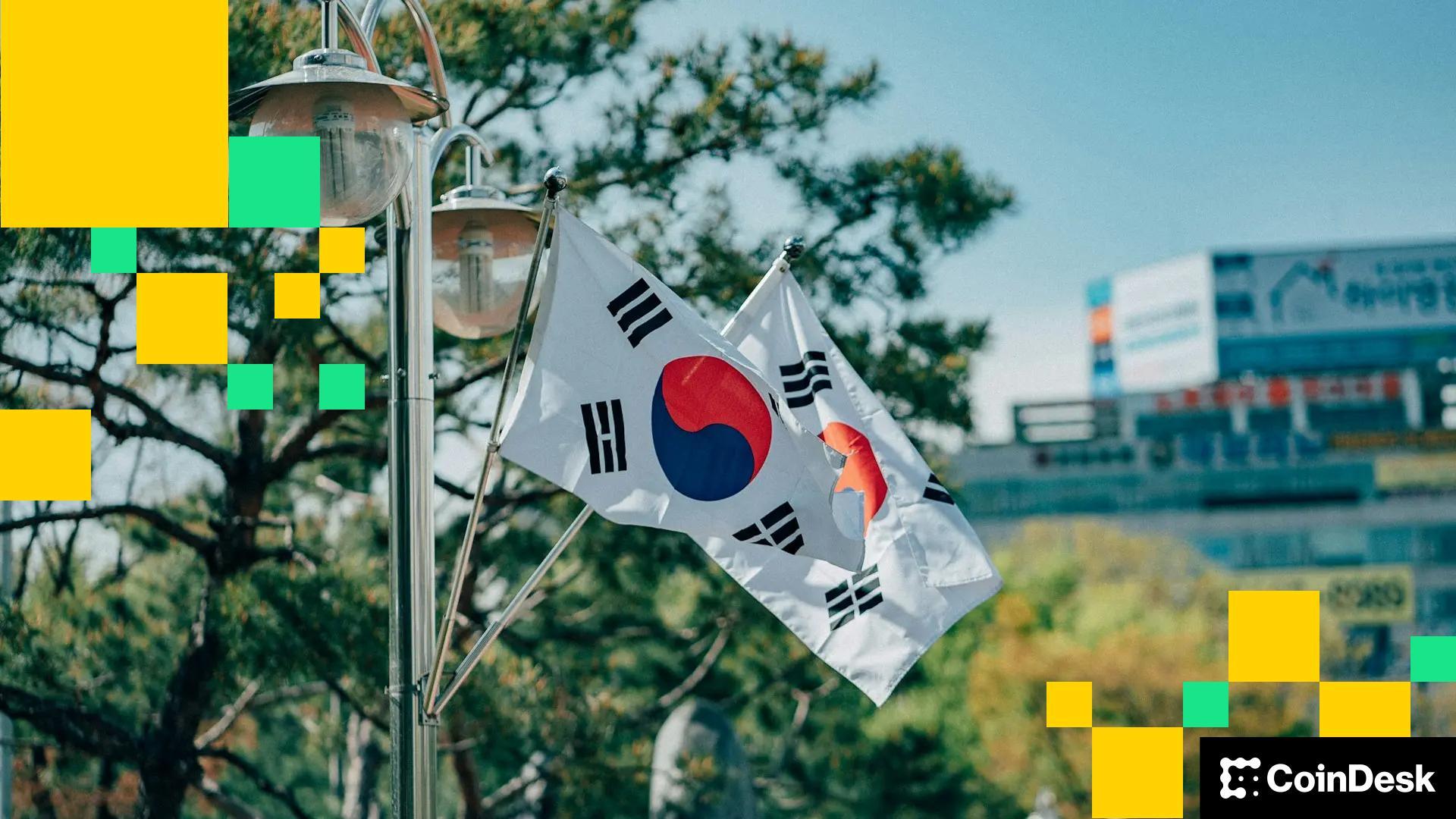For years, South Korea has been the global heart of crypto speculation. It became the place where digital coins traded high and retail investors moved markets overnight. “Kimchi bounty” has become shorthand for a national obsession: unbridled, frenetic commercial activity unrivaled in any region of the world.
But at the end of 2025, the situation was reversed. The same traders who once searched for the next altcoin gem on Upbit are now glued to Korean stock tickers, trading meme tokens for high-bandwidth memory chips and semiconductors. Crypto charts have gone silent – and a new speculative engine has taken their place.
A market gone silent
Upbit, once the undisputed hub of Korean crypto-mania, is now trading at a fraction of its previous pace. Average daily volumes fell nearly 80% from last year, from around $9 billion at the end of 2024 to just $1.8 billion in November 2025. Bithumb, Korea’s second-largest exchange, suffered a similar fate, losing more than two-thirds of its liquidity during the same period, according to a report from Wu Blockchain.
What was once a nightly national pastime, the incessant swirl of small-cap coins and rumors on message boards, has evaporated. Even volatility itself has collapsed. While daily volumes once ranged between $5 billion and $27 billion, trading bands in 2025 have flattened to a moderate range of $2 billion to $4 billion.
Data from analytics provider Dune shows the decline in activity is worsened compared to 2018, when at the height of the mania Korean exchanges facilitated 280,000 deposits per day; the daily figure has not exceeded 50,000 since 2021.
The rise of a new obsession
The void left by crypto didn’t last long. Retail investors simply migrated to another table: the Korean stock market, which experienced one of the most explosive rallies in its history.
The KOSPI index has surged more than 70% since the start of the year, setting a number of records. In October alone, it recorded its biggest monthly rise since 2001, climbing 21% and setting 17 new intraday records. The frenzy has been led by AI-related giants like Samsung Electronics and SK hynix, whose combined daily turnover now represents more than a quarter of the entire stock market.
In a country that once traded crypto as a sort of collective pastime, the psychology seems familiar. The same spirit of retail speculation has resurfaced, but this time it carries a combination of semiconductor stocks. Data reported by the Korea Times shows that the number of active trading accounts in the country increased from 86.57 million at the end of the year to 95.33 million as of October 31.

Retail euphoria spills over into stocks
Unlike past meme-driven altcoin rallies, Korea’s stock boom has a more tangible backbone. AI is the global growth story of the decade, and Korea controls one of its most critical supply chains.
While Nvidia and AMD fuel much of the world’s demand for AI hardware, Korean companies like SK hynix and Samsung have become indispensable. Their dominance in high-bandwidth memory (HBM), a key component of AI training, has made them national champions.
Add to that a government eager to revitalize domestic markets, and you get what some analysts call a “policy-backed bull run.” President Yoon Suk Yeol’s administration has pushed reforms to reduce the long-standing “Korean rebate,” encouraging higher dividends, tighter governance and incentives for retail and institutional investment in the country.
Same spirit, different casino
Speculation in the Korean crypto community has never been about restraint; it was about rhythm and speed. That hasn’t changed. Margin lending is booming again, leveraged ETFs are flying off the shelves, and retail participation has doubled in just one year. Leveraged retail positions now make up almost 30% of total holdings, with young traders leading the way, according to Bloomberg data.
In other words, the migration from cryptocurrencies to stocks is not a retreat, but a reallocation of risk appetite. The Koreans have not abandoned speculation; they have just found a place where influence seems legitimate and advantage patriotic.
But this change has consequences. Without Korean retail as a liquidity anchor, global crypto markets have lost one of their most consistent buyers. The Memecoin gatherings that once lit up Korean message boards are now dying out more quickly. And the market as a whole needs a spark; Bitcoin is currently trading around $100,000 despite hitting an all-time high a month ago, while several altcoins have lost more than 20% over the past month.
Waiting for the next spark
Crypto’s “Kimchi Traders” may have bowed out, but history suggests they won’t disappear forever. When AI trading calms down, which analysts say could happen in the near future, or when the next major crypto narrative arrives, the same traders could come roaring back, armed with new capital and sharper reflexes.
For now, Korean retail traders have swapped blockchains for circuit boards, pursuing the same race in a different field.




